I'm creating an application that stores user's data in multiple database tables - info, payments and booking (this is a booking system).
In 'info' table I store the user info such as email, name, phone, etc...,
In 'payments' table I store his payments details and in 'booking' I store his booking history.
My questions is - What is the best way of representing this data in Flux architecture? Do I need 3 different stores (for each table) or a single store (let's say 'UserStore') that holds all user's data?
Basically, I have a dashboard component that should show all user's data.
In case I should go with the 3 different stores solution, is it possible to know when all of them finished loading their data (since each store loads the data asynchronously from the DB)?...
Thanks!
